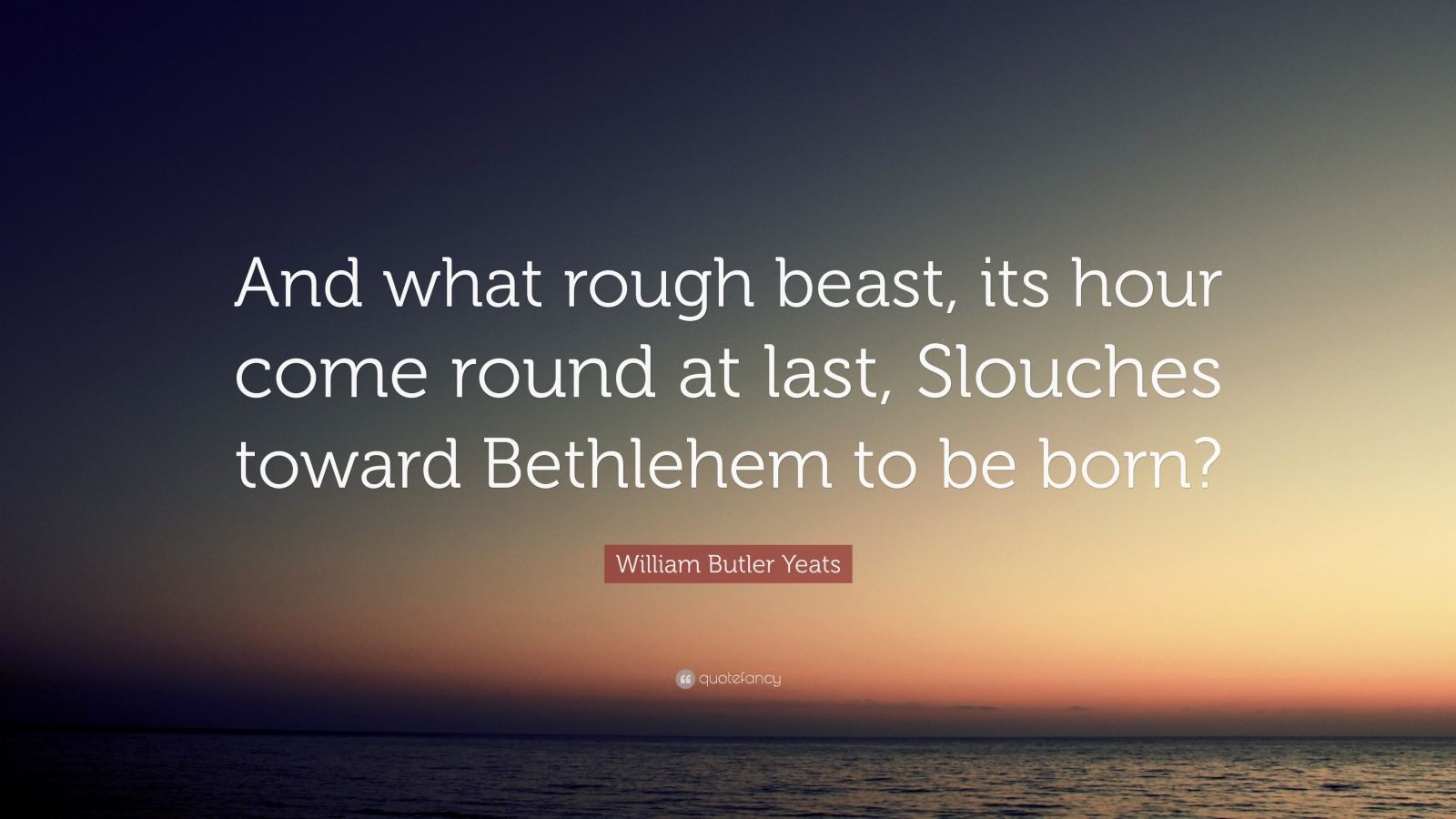


And after it was printed I saw that, however directly and flatly I thought I had said it, I had failed to get through to many of the people who read and even liked the piece, failed to sugget that I was talking about something more general than a handful of children wearing mandalas on their foreheads. That was why the piece was important to me.

If I was to work again at all, it would be necessary for me to come to terms with disorder. It was the first time I had dealt directly and flatly with the evidence of atomization, the proof that things fall apart: I went to San Francisco because I had not been able to work in some months, had been paralyzed by the conviction that writing was an irrelevant act, tht the world as I had understood it no longer existed. “Slouching Towards Bethlehem” is also the title of one piece in the book, and that piece, which derived from some time spent in the Haight-Ashbury district of San Francisco, was for me both the most imperative of all these pieces to write and the only one that made me despondent after it was printed. The widening gyre, the falcon which does not hear the falconer, the gaze blank and pitiless as the sun those have been my points of reference, the only images against which much of what I was seeing and hearing and thinking seemed to make any pattern. This book is called Slouching Towards Bethlehem because for several years now certain lines from the Yeats poem which appears two pages back have reverberated in my inner ear as if they were surgically implanted there.


 0 kommentar(er)
0 kommentar(er)
